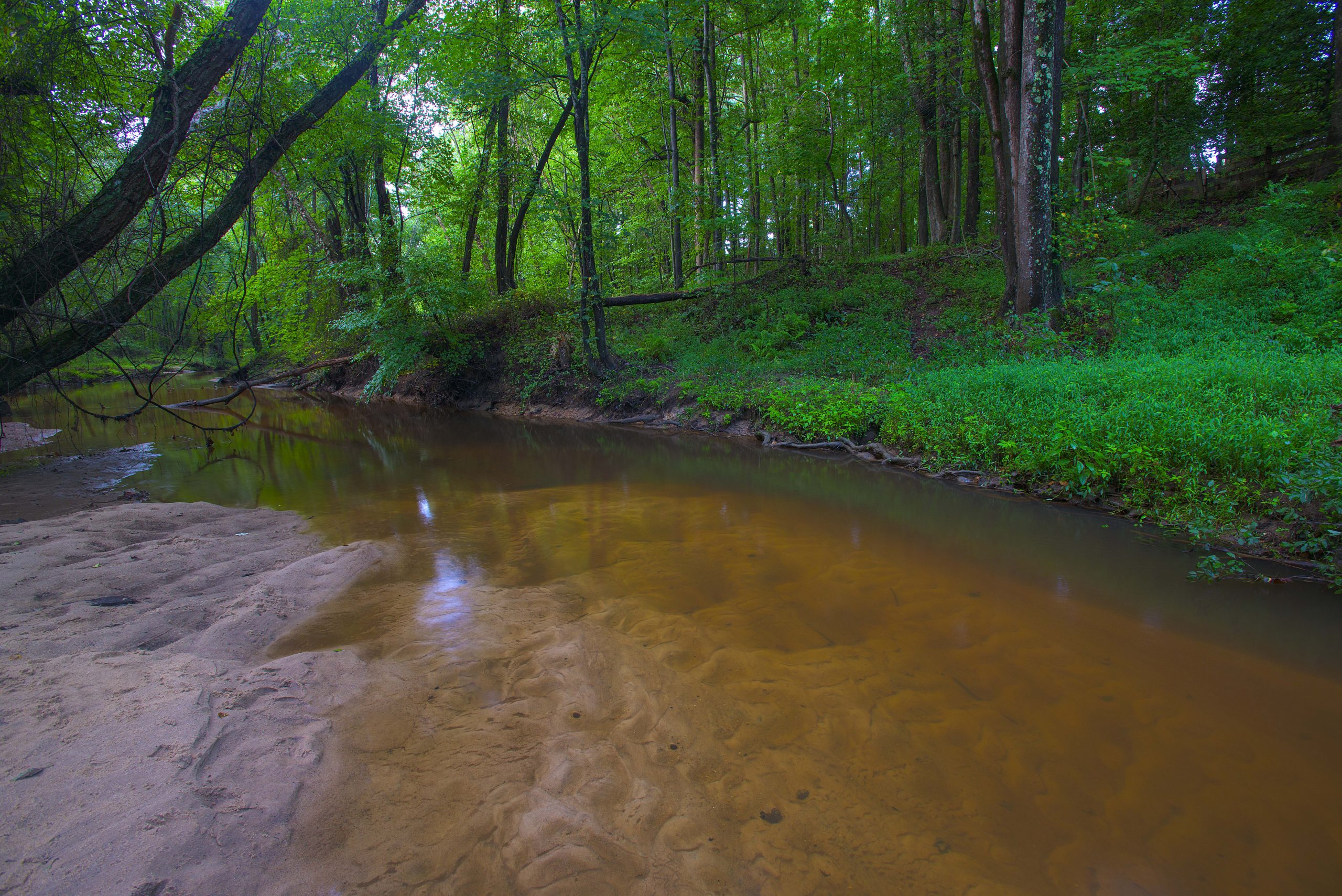Mr. President, Am I in Command Here?

Confederate General Robert E. Lee, newly minted chieftain of the Army of Northern Virginia, sat upon his mount, Traveler, on a high bluff overlooking the marshy meadows bordering Beaver Dam Creek near Mechanicsville, VA, just outside Richmond on the late afternoon of June 25. It was Lee’s first major battle, and he was grimly watching General A.P. Hill’s impatient attack begin upon the Federals’ exposed right flank along the sluggish, meandrous creek. Without the support of Stonewall Jackson’s soon to be arriving troops from the Shenandoah Valley, Hill’s attack was a forlorn effort. Exposed to enemy artillery, Lee was under direct fire when President Jefferson Davis wrote up to the mounted general to see how the battle was progressing.
Oblivious to the whistling and exploding shells all about him, Lee did take notice, however, to Davis’ and several dozen government officials who had also ridden out to see the commencement of the great Seven Days’ battles, which would determine the fate of Richmond in late June 1862. Seeing Davis in extreme danger, truly caught the ire of Lee. After saluting stiffly, he said, “Mr. President, who is this army with you, and what is it doing here?”
“It is not my army, General,” Davis replied sternly about the curious onlookers who had followed Davis to the raging battlefield.
“Well, it is certainly not my army, Mr. President,” Lee retorted. “And it is no place for it.”
The chastised Davis led the host of curious onlookers away, only to double back to watch the developing Confederate attack drive right into the Federals’ entrenched army along the creek’s banks. Just as Davis rode up behind Lee, an exploding shell killed a Confederate soldier just feet from the president and General Lee.
According to Davis staff member James Chesnut, Lee rode up again to his superior, saying sternly, “Mr. President, am I in command here?”
Davis bowed nodding affirmatively. “Then,” Lee said, “I forbid you to stand here under the enemy’s guns. Any exposure of a life like yours is wrong. And this is useless exposure.”
“Certainly, I will set an example of obedience to orders,” Davis replied.
Once again though, Davis gave Lee the slip only to double back along the ridge to watch the Confederate attack, which by now was failing, completely stymied in the waters of Beaver Dam Creek. Confederate losses were heavy, but the failed attack did rest the initiative away from the Union General George McClellan’s Army of the Potomac.
This wonderful anecdote of Lee and Davis interacting under the barrage of intense artillery fire is brilliantly illuminated in Steven Woodworth’s fascinating book entitled: Davis and Lee at War (1995).
What’s with Commanders-in-Chief? President Lincoln was admonished to take cover @ Fort Stevens.
Well, he was an infantryman turned dragoon who married the colonel’s daughter and then commanded an infantry regiment, so there’s that.
And, Davis was a West Point graduate. I imagine he had some interest in war, regardless of which battle might be at hand.
Tom
And hence an opportunistic “What if” manifests itself: What if either Lee or Davis, or both of them, became casualties in those moments?